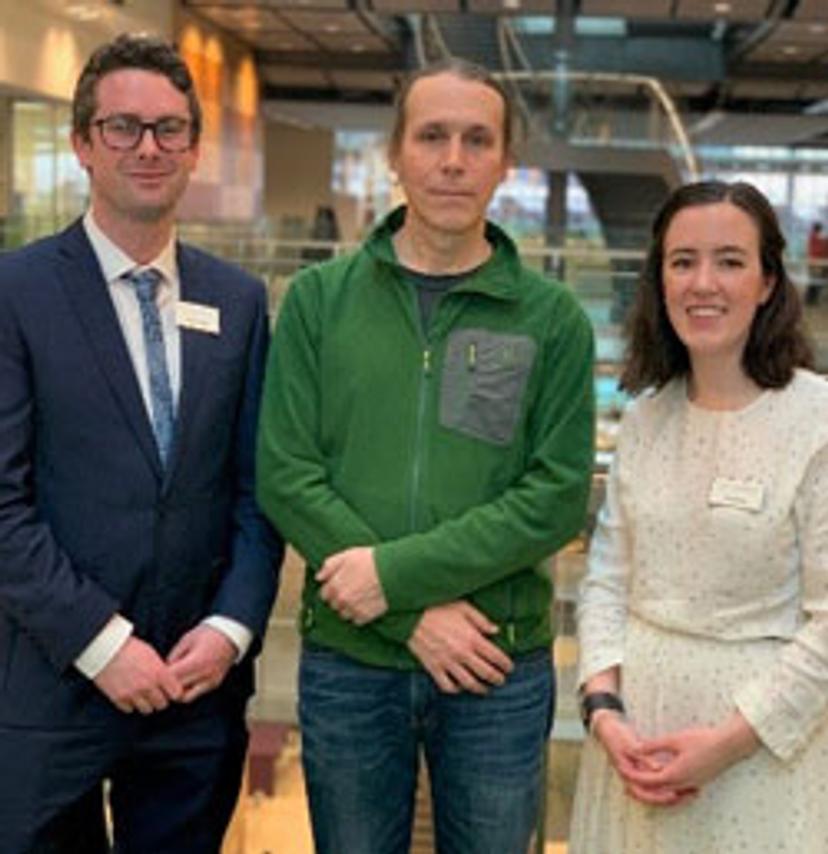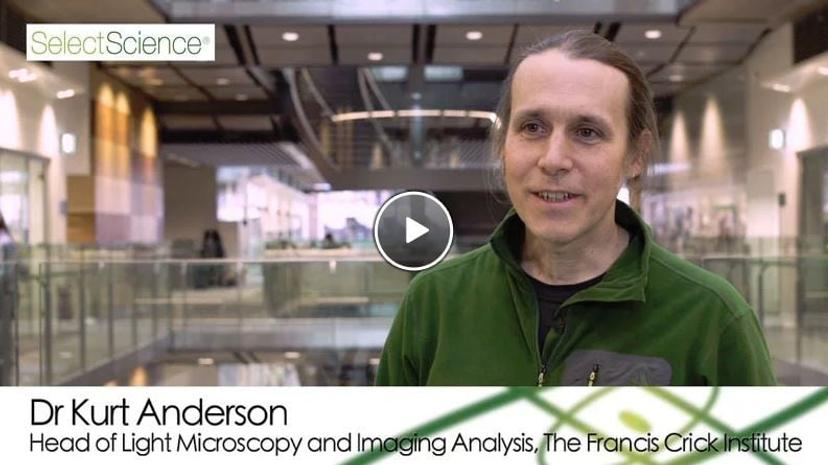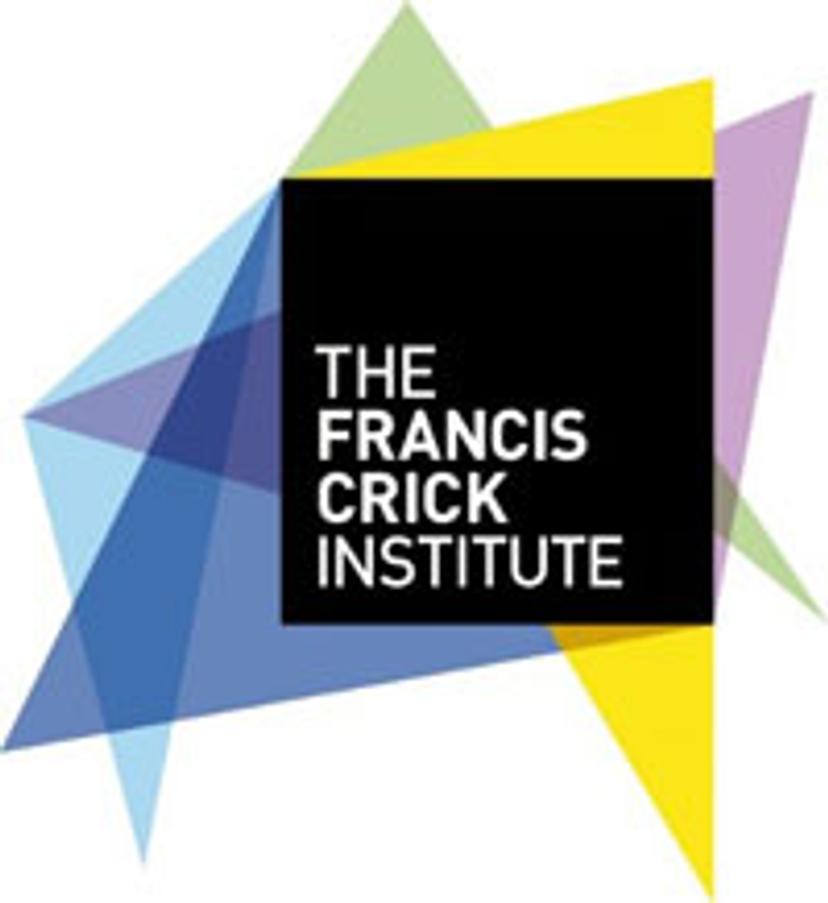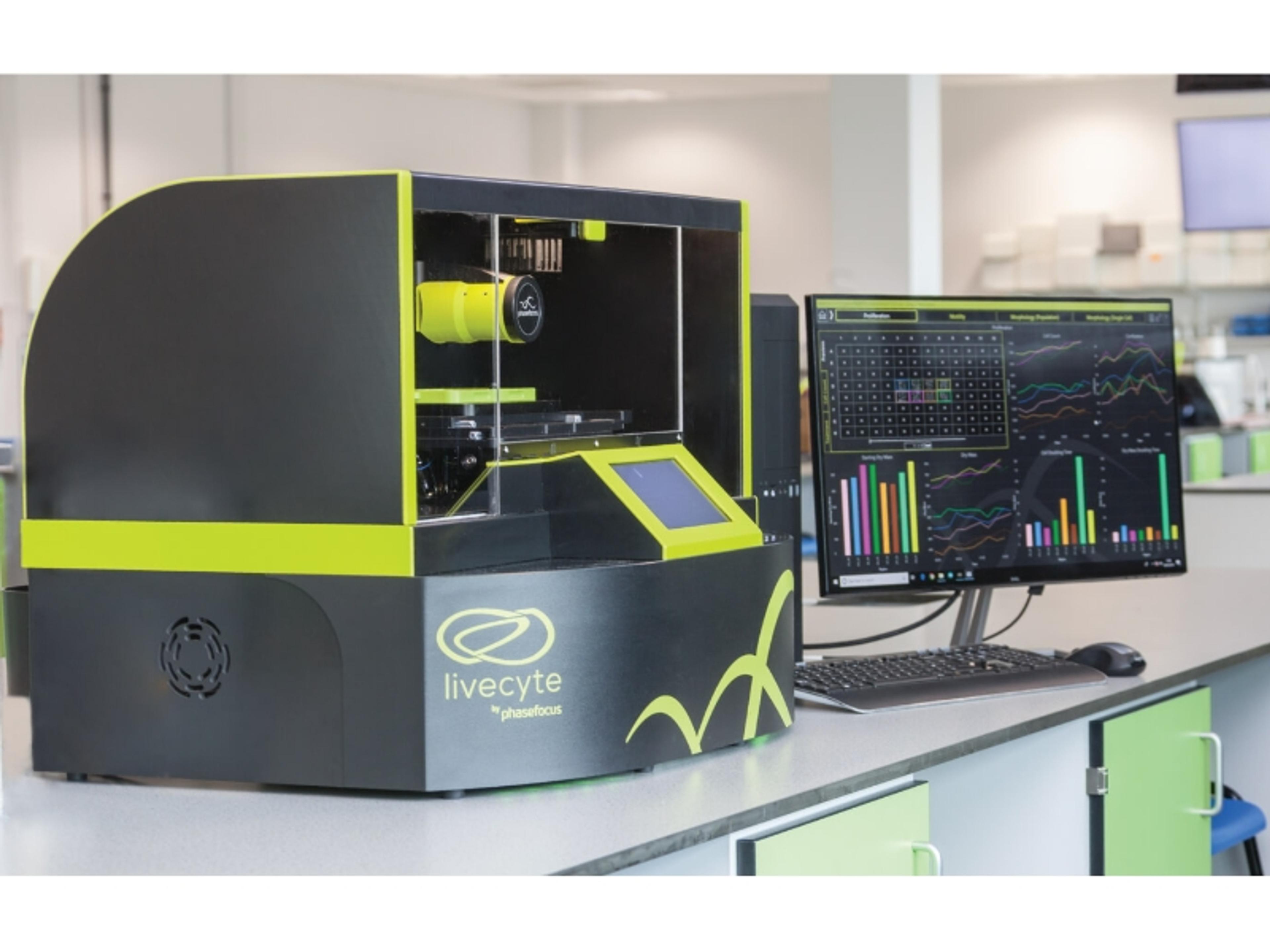SelectScience Interviews Leading Scientists at The Francis Crick Institute
Step inside the leading biomedical research and innovation institute as we take our cameras behind the scenes
27 Mar 2019
Almost anyone who cares about science knows The Francis Crick Institute, but few have had the opportunity to step inside the renowned UK biomedical research center and fewer still get the chance to take a video camera with them.
A partnership between Cancer Research UK, Imperial College London, University College London, King's College London, the Medical Research Council and the Wellcome Trust, the state-of-the-art building was opened by the Queen in late 2016 after a £700 million 5-year build and fit-out.
It is now home to around 1,250 scientists from across the scientific spectrum working at the forefront of medical innovation to understand why disease develops and to find new ways to diagnose, prevent and treat a range of illnesses − such as cancer, heart disease, stroke, infections and neurodegenerative diseases.
SelectScience® Editor Dr. Lois Manton O’Byrne and Associate Editor Dr. Matthew McArdle travelled to London earlier this month to meet two of these pioneering scientists — the Crick’s Head of Light and Imaging Analysis, Dr. Kurt Anderson, and project research scientist Dr. Alix Le Marois.
The pair introduced the latest technology at the Crick Advanced Light Microscopy (CALM) center, including confocal and live-cell time-lapse imaging, and their research applications in developmental biology and cancer, including an exciting research project looking at rare populations of cells that confer drug resistance in lung cancer cell models.
Watch the video interview to learn more about this groundbreaking project >>
The SelectScience team also heard how numerous techniques and innovations of the Livecyte cell analysis system from Phasefocus have assisted their work.


Crick scientists & SelectScience
Scientists from the Crick are no strangers to SelectScience, regularly using the site to leave reviews on the lab products and equipment advancing their work.
In November, for example, Principal Laboratory Research Scientist Simone Kunzelmann praised the performance of the CLARIOstar® Multi-mode Microplate Reader applied to enzyme kinetics and measuring fluorescence intensity, fluorescence spectra and anisotropy. “Versatile, easy to use, robust (no instrument failures so far), good analysis software,” she writes.
Senior Laboratory Research Scientist Gopinath Damodaran, meanwhile left a positive review of DeNovix’s multi-award-winning DS-11 FX+ Spectrophotometer / Fluorometer for analyzing metabolites in cells and tissue samples.
Other Crick scientists who have left reviews include postdoc research scientist Rebecca Newman, research fellow Rakhee Chauhan, and Tim Mohun, group leader in the Heart Development Lab.
Dr. Manton O’Byrne said: “They are doing some truly brilliant work at the Crick, so it was a huge privilege for both Dr. McArdle and myself to have the chance to meet some of the scientists working at this cutting-edge institute and to find out about the innovative techniques and technologies at the heart of their work.
“I’d like to take this opportunity to thank everyone at the Crick for being so accommodating and Drs. Anderson and Le Marois for sparing us their valuable time to be interviewed.”

